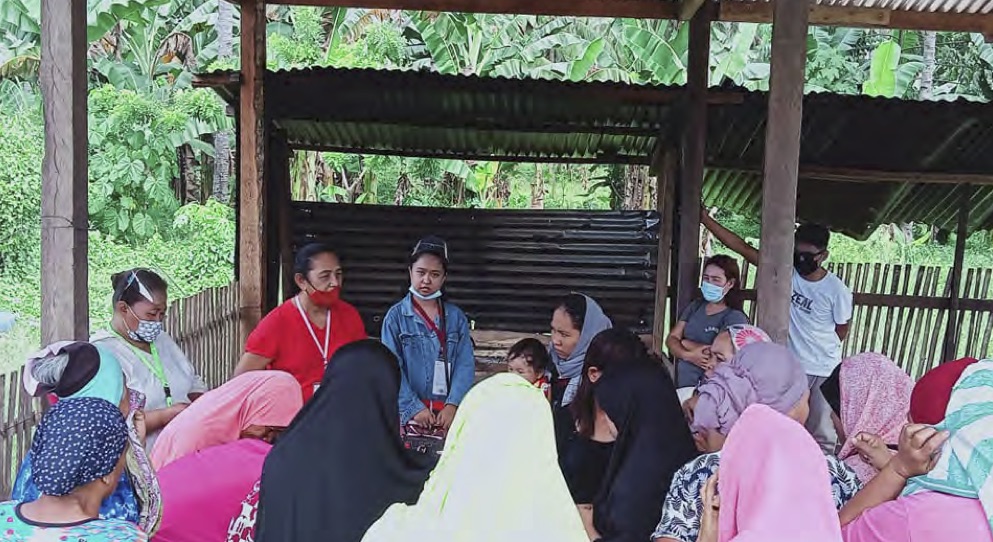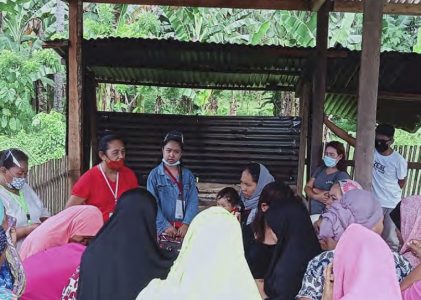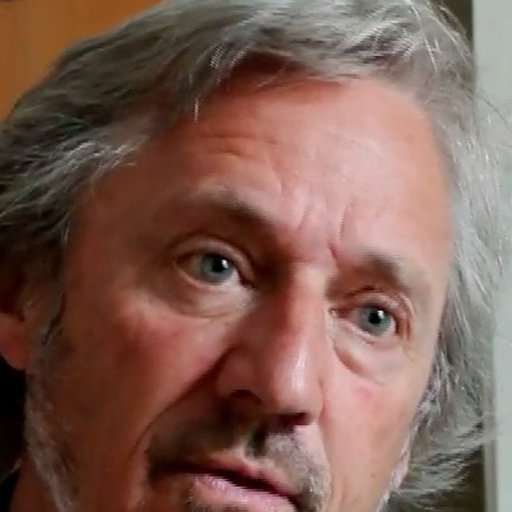
Is preparedness for the pandemic and for other disasters a myth or a reality? Whatever might be claimed at national or global level, the test of preparedness is what happens at local level. In the midst of the pandemic in early 2021 a group of locally based CSO members shared their experiences and produced a report ‘Turning the World Upside Down’ which revealed the challenges faced locally in facing often chaotic situations
which revealed the challenges faced locally in facing often chaotic situations. At that time there was much talk of the need for holistic recovery and better preparedness, but what happened in practice? 13 contributors shared their views in an email group in August 2022, as the immediate impact of the pandemic has subsided in many cases. These have been collated in the discussion below, leading to several conclusions highlighting ways in which Civil Society Organisations can help to turn the myth of preparedness into a reality.
Contributors: Adessou Kossivi, Western & Central African Regional Development Coordinator, GNDR. Akhteruzzaman Sano, Save the Earth Cambodia. Andy Agbein Kings, Shalom International, Senegal. Buh Gaston, GEADIRR, Cameroon. Fatima Gay Molina, researcher, Philippines. John Norton, DWF, France. Khadga Sen Oli, NSET, Nepal. Lorna Victoria, Center for Disaster Preparedness, Philippines. Lucy Figeroa, researcher, Honduras. Nisha Shresha, NSET, Nepal. Pradeep Mohapatra, Udjama, India. Rabia Ghani and Sarwar Bari, PATTAN, Pakistan.
The test of preparedness is what happens at local level.
Discussion
Pandemic politics – response, recovery and preparedness are politicised. This happens locally, for example Sarwar (Pakistan) suggests response is managed to increase dependence and bolster power, rather than strategically for the sake of the vulnerable. Buh (Cameroon) finds in his country the pandemic has been an opportunity to rebuild trust in the army, which had previously repressed local populations. It also affects national outcomes. Lucy ( Honduras) says initial estimates were vaccinations wouldn’t be delivered until 2023 as the country was at the ‘end of the queue’ for vaccines, whereas neighboring El Salvador’s contacts with China meant they accessed vaccinations rapidly. Eventually Honduras received vaccines from COVAX and the US. Lucy suggests a political dimension to the US support and CNN suggest the US was motivated by trying to reduce Chinese and Russian influence. By contrast Sano reports that Cambodia has had a very effective vaccination campaign reducing in low levels of hospitalization and death, based on friendly country support, primarily from China and also from India, Japan, UK and USA. Adessou, (West Africa), highlights the gulf in response between developed and developing countries, developing countries having little preparedness or access to vaccines and suffering the social and economic impacts of hard lock-downs. Fatima echoes these challenges in the Philippines context, where only 65% of the population had been vaccinated by August 2022 and where coordination has been limited.
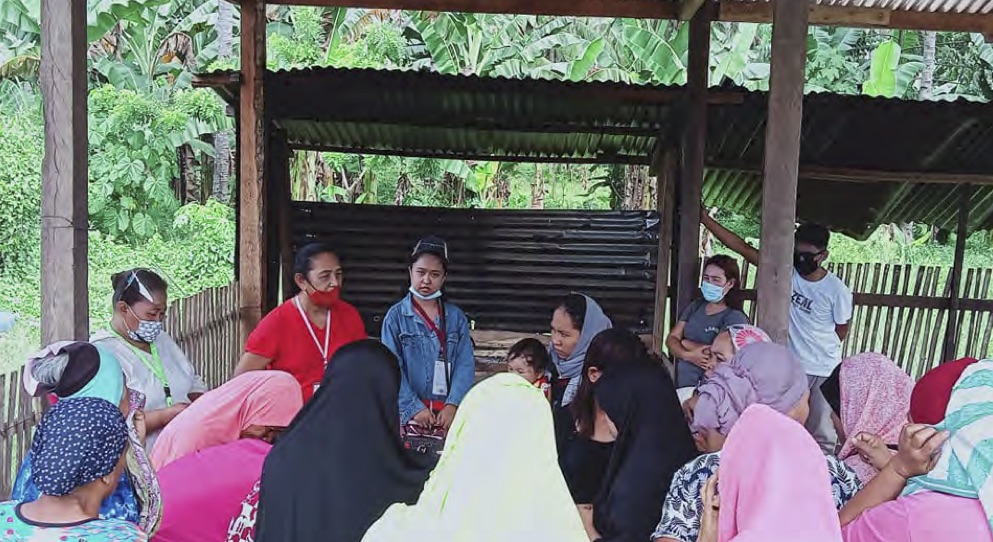
Beyond response and preparedness to risk reduction and sustainability
Pradeep (India) points out that the most vulnerable suffer the greatest impacts from the pandemic and from other disasters. He calls for a shift from reactive approaches to a holistic response. Khadga (Nepal) says response lacks this strategic approach at both political and social level, so when infections rise there is action but when they fall people forget and get on with their lives. Buh says the response in Cameroon is also short term and reactive, and John (France) also refers to the tendency for people to lose trust in government and vaccines and to become ‘nonchalant’ about the threat. Khadga emphasises the need for learning as a basis for developing strategies for long term recovery and increased preparedness, something he feels is lacking in Nepal. For Lorna (Philippines), resilience is key: not just vaccines and booster shots but holistic improvement of health and well-being, including strengthening of peoples’ immune resistance through healthy food, fresh air and physical activities. Fatima (Philippines) adds that a more coherent, resilient approach demands better communication between sectors.
The most vulnerable suffer the greatest impacts from the pandemic and from other disasters.
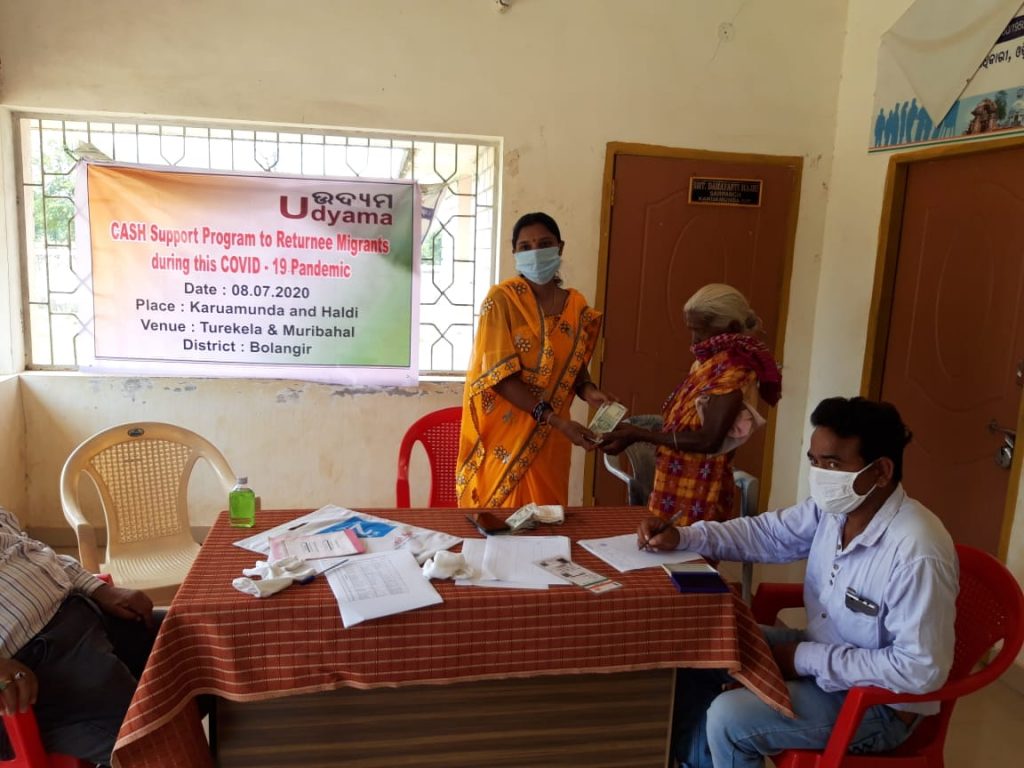
Civil Society and Citizenry Whereas in Cambodia Sano notes a strong partnership and high levels of trust between government and citizenry, Andy in Senegal highlights the role of civil society and citizenry in challenging unjust behaviour by governments. Early response in that country included violently enforced lockdowns but demonstrations were mobilised against this. Civil society encouraged citizenry to speak out and use their votes. Several MPs were voted out as a result of dissatisfaction and latterly the government adopted a more measured approach. Buh says there is little effort by either government or the general public to reflect on the long-term goals, Civil society has an important role in challenging this and in encouraging the citizenry to become active, however the most recent GNDR Views from the Frontline 2019 findings are that relationships between civil society and government are very weak. Rabia and Sarwar (Pakistan) highlight the need for involvement of the whole of civil society, not just large NGOs, to achieve a bottom up approach and inclusive disaster risk governance. Governments must involve at risk communities, CBOs, trade unions, institutions and law makers who need to strengthen their united voice. Adessou adds that locally operating CSOs were strategic in pandemic response but had little access to resources, unlike larger international NGOs. This highlights the failure of institutions to act on localization of resources called for in the 2016 World Humanitarian Summit.
Conclusions
What can we learn from this discussion about turning preparedness from myth to reality? These conclusions focus on the roles of civil society:
Learning: Psychologists suggest one response to trauma is to try and forget the event, and several contributors highlight the failure to remember and learn, so that actions are short term and reactive. A sustainable and just future facing pandemics and other challenges such as global warming starts with learning. Civil society has an important role in stimulating both citizenry and governments to reflect and learn, seeking socially informed rather than simply economic solutions.
Psychologists suggest one response to trauma is to try and forget the event, and several contributors highlight the failure to remember and learn.
Politics: Outcomes locally and nationally are strongly affected by ‘pandemic politics’. It is important that people’s lives and livelihoods are not determined by short term political goals. Civil society has the ability to mobilize citizenry to influence politics at local and national level, but only through forging stronger partnerships to shift emphasis from ‘top down’ political solutions to strengthening of local communities and infrastructures. Fatima highlights the value of partnerships between CSOs and local government units in awareness raising for vaccination campaigns, for example. Nisha, (Nepal), recognizes that in a fast changing situation such as the pandemic strong partnerships are required to enable quick response. She feels that central policies are not properly communicated and vice versa local realities are not well understood by government. CSOs have an important role in strengthening this understanding.
Social Cohesion: The discussion highlights the need for mutual accountability between citizens, civil society and government. The pandemic revealed the limitations of individualistic societies and politics and the potential for civil society strengthening an active citizenry to shift from short-term reactive approaches to more sustainable ones. Disasters can’t be managed effectively unless vulnerable and marginalized people are involved in disaster risk reduction planning, implementation, monitoring & accountability. Risk reduction be part of development planning, preventing risk creation. This is a big challenge for civil society actors, whose capacities and resourcing have been reduced in the wake of the pandemic.
Coherence: (linking together developmental actions in a holistic approach for a sustainable future): Many of the contributors have highlighted the limitations of short term single-issue response. In the Philippines Lorna reports that local citizens and CSOs championing eco-system based DRR met together, calling for a holistic approach to drive down risk. Buh concludes that the pandemic has shown that irrespective of the field of work, we need to look at the bigger picture and how our work relates to one another. Health crises, natural disasters, conflict, climate change, and poor governance all lead to increased suffering and pain for local populations who are often ill-informed about the causes. Building coherence can strengthen resilience of local populations making preparedness and sustainability a reality.
A version of this article was originally published with Inventing Futures.
